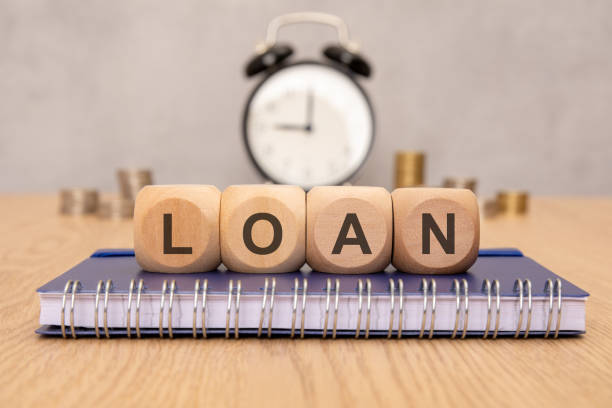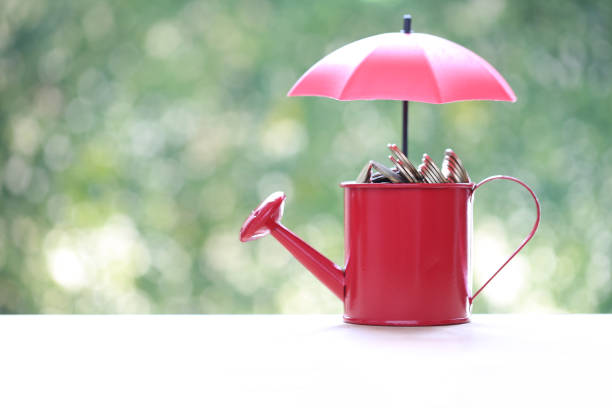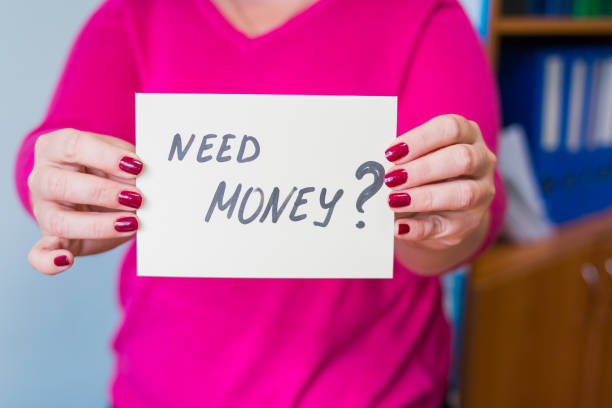
Many of you might have this misconception regarding debts. You used to generalise debts as bad by considering them a financial burden. Yes, it should be treated as an obligation, but not in all cases.
There is a thing called good and bad debt. They are different from each other based on their attributes. You must point out the distinction to be able to deal with them.
It is advisable for you to know how to manage good debt. At the same time, you must understand when and how you must avoid bad debts. Delve deeper into the debt landscape to decode the most fitted solution.
For example,
In a typical situation, you might have to manage payments of different debts at the same time. You find it difficult to tackle them individually. When you try to focus on a particular debt, the other one’s due dates get exceeded, and you incur a penalty.
Paying attention to all the debts together is quite hard. Not only will you face late charges, but it can also damage your credit profile. In this scenario, the best remedy could be debt consolidation loans available with bad credit and no guarantor claim.
This is because these loans will let you attend to all the debts together. Besides, you will not have to face any resistance on account of poor credit scores. On top of this, you will be relieved from fulfilling requirements like a guarantor.
This blog will take you through debts and their management and prevention.
A handbook for managing good debt and avoiding bad debt
With good debt, you can create an asset or can add value to your life. On the contrary, a bad debt, if not handled responsibly, can cause harm to your finances. Thus, one thing that is sure to happen is the occurrence of debts.
Now, it does not mean you cannot balance out things between good and bad debt. It all depends on the ways you tackle good debt and eradicate bad debts. In your endeavour to achieve life goals like a home and a car, you will take out debts.
Since they end up in possession of an asset, they are worth considering. In a similar way, bad debt is created to make up for funding gaps you do not expect. Thus, by using them, you can only recover from financial problems.
No value addition will happen because of bad debts. Now, you can check out the different ways to deal with good and bad debts.
Strategies to effectively manage good debts and avert bad debt
Some of the prime examples of good debts are student loans, equipment finance, car finance, mortgages, etc. They are like an investment you will make to improve the quality of your life. You can become the owner of a home or launch a business with its help.
These types of debts will have low rates of interest, provided you research them carefully. On the flip side, bad debts might attract high rates of interest.
· Save money without any compromise
Yes, saving should be your top priority. Since debt is a tricky financial situation, you cannot help but start salting away money by any means. This should begin as soon as possible.
Your current situation shows that you do not have enough money to complete crucial payments. For this reason, you are here. Thus, the need of the hour is to unblock funds from other payouts, which could be significant or less important.
These funds should be used to create savings so you can have money at the right time to pay off debts. Therefore, the recovery process from debt problems should be initiated with the habit of saving.
· Try to improve your credit scores
Your credit history will suffer because of pending payments. Thus, debts can badly affect your credit scores. Now, if you take steps to enhance the scores, it will automatically make you clear up the debt mess.
In this endeavour, you can utilise options like loans for bad credit available online. These loans have been made accessible to poor credit borrowers like you. Getting them at the best rates is possible, as direct lenders will personalise an offer for you.
The reason why getting a loan amid the debt crisis is justified is because it can help lower costs. You can spread the payment for months by letting these loans pay some of the outstanding payments.
Steps like this can definitely fast-pace the process of debt payments. Although you cannot get rid of all the debts together, you can at least get relief from some.
· Keep coming back to calculate the remaining amount of debt
Now, this is called tracking the amount of debt you still owe. Once you clear some of the payments, the amount that you have calculated in the beginning will not remain the same. Clarity about the actual amount that you owe can help you define a new roadmap.
Besides, it lets you understand that maybe the same amount of effort is not required. Thus, monitoring the status of the debts is important so that you can recover from this situation as soon as possible.
Losing track of how much you owe might divert you from your goal. Thus, to keep your focus intact, you must keep a record of the amount still remaining. This will make sure that you make the necessary changes in your plan from time to time.
· Pay off the smallest debts in full
A complete overview of the debt status can help you understand the big and small payments that are pending. Your strategy at this point should be to pay the bare minimum for every debt except the small one.
You must make the payment entirely in case of small debts. This will help in eliminating debts gradually.
The bottom line
You can even start by paying attention to debts that carry the highest rate of interest. This way, you can lower the financial burden and free up a large amount of cash. However, you must arrange funds for the debt payments which will require a huge amount.

Jessica Rodz is the Senior Content Writer at Cashfacts. She has a long career in the field of content writing and editing. Jessica has the expertise in the UK lending marketplace where she has worked with 7 different lending organisations and acquired many responsibilities from preparing loan deals and writing blogs for their websites.
At Cashfacts, Jessica is managing a team of experienced loan experts and doing a major contribution in guiding the loan seekers via well-researched blogs. She has done graduation in Business (Finance) and now currently doing research papers on the UK financial sector.





